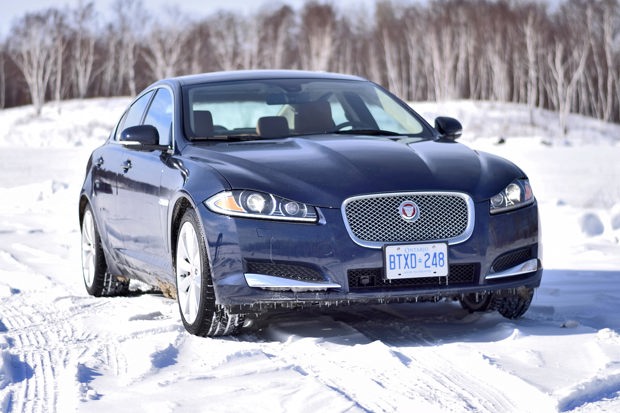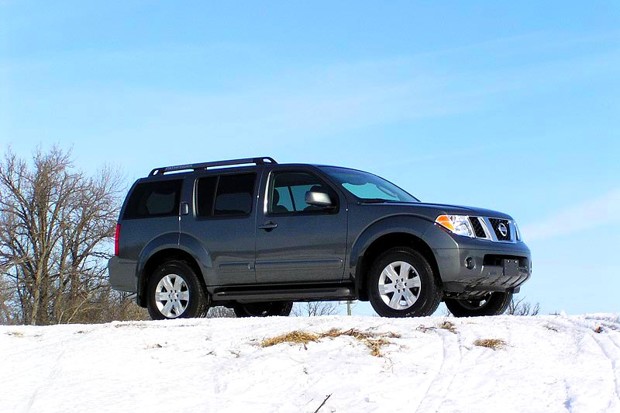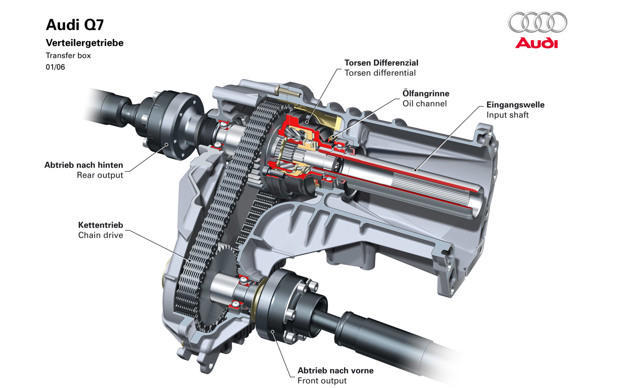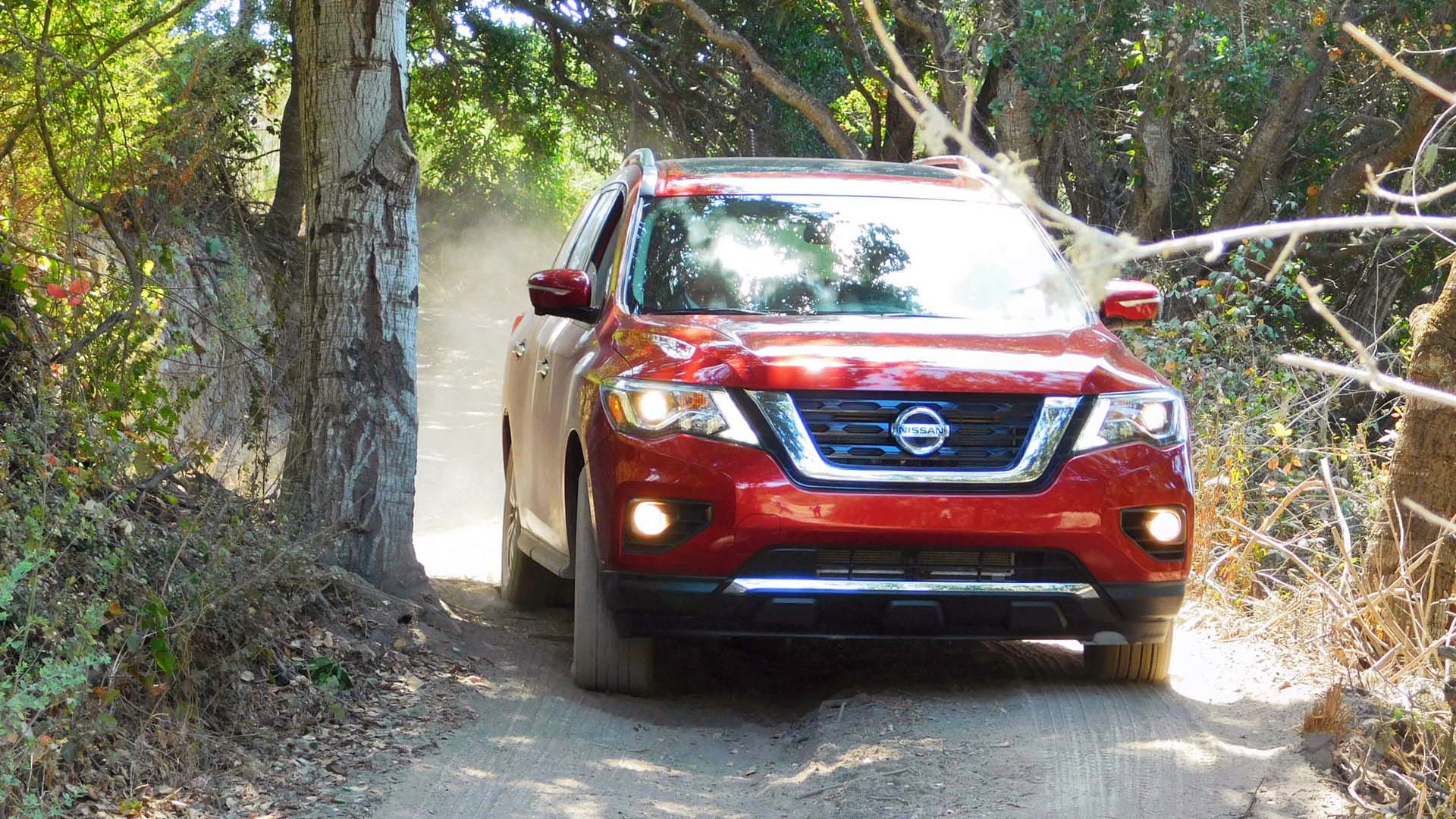The reader emails come strong and hard towards winter every year:
“I’m looking at a new crossover. Do I need four-wheel drive (4WD), or all-wheel drive (AWD)?”
“Does Subaru make a good 4x4 system?”
“Are SUVs AWD or 4WD?”
“What’s the best AWD system?”
Canadians are buying more AWD and 4WD vehicles than ever – partly because of widespread availability, and partly because the latest advances in drivetrain technology are making running all- or four-wheel drive more efficient and effective than ever. Many systems these days are remarkably light and compact, helping them do what they do with minimal ill effect on fuel consumption.
Thing is, many shoppers in the general population are still confused by the nomenclature, what the systems do (and don’t do), and what they can expect to experience from the driver’s seat.
This is the first in an ongoing series about AWD and 4WD. In the coming months, we’ll take a closer look at AWD and 4WD for the average reader – learning the differences, similarities, and later, some of the unique functions and features available in specific models, specific brands, or specific AWD or 4WD systems.
Today, we’ll look at the differences (and similarities) between the two. Read on for the scoop about powering all four wheels for more traction, confidence, and control.
All-Wheel Drive (AWD)

This popular technology, simply speaking, uses one of several methods to provide driving force to all four wheels of the vehicle. Typically, but with numerous exceptions, AWD systems are found in cars, and smaller crossover models.
Subaru is known for being the AWD brand, since virtually every vehicle they make (whether car or crossover) has AWD as standard. In an AWD vehicle, all four wheels are propelled, which enhances traction for acceleration on slippery surfaces, improves handling, and reduces the likelihood of getting stuck in winter. In slippery situations where your two-wheel drive vehicle sits spinning its wheels, an AWD vehicle will likely get up and moving in quick order.
Many other mainstream brands offer AWD systems, too, including Fiat, Volkswagen, Honda, Ford, Chevrolet, Mitsubishi, Dodge, Nissan, and others.
All-wheel drive is typically decision-free. In the vast majority of vehicles with AWD, there’s no human intervention required: the system is always on, always working, and always active. No button to press or lever to pull.
But AWD can be found in virtually any type of vehicle. It’s perhaps most common in cars and crossovers, but you’ll find AWD in some larger SUV models, and even some pickup trucks.
Sometimes, AWD systems have a unique name cooked up by the marketing department. They include names like 4Motion AWD (Volkswagen), Symmetrical AWD (Subaru), xDrive AWD (BMW), 4Matic AWD (Mercedes-Benz), Real Time AWD (Honda), and ALL4 AWD (MINI). Other brands, like Dodge and Ford, simply call their AWD systems “AWD”.
Though AWD systems may have different and sometimes-confusing names, they all work the same way: by providing power to all four wheels to enhance traction.
All-wheel drive is not front-wheel drive or rear-wheel drive. It’s both, simultaneously.
Four-Wheel Drive (4WD, 4x4)

Four-wheel drive, often designated 4WD or 4x4, has the same goal as AWD – to power all four of a vehicle’s wheels. Typically, but not exclusively, you’ll find 4x4 or 4WD in vehicles that are more truck-like: bigger, heavier machines, or vehicles designed to tackle more serious off-road driving when the driver fancies a romp in the muck.
A key difference between AWD and 4WD relates to driver decision-making. In many (but not all) cases, a 4WD or 4x4 system needs to be turned on when its services are needed. Where an AWD system is always driving all four wheels, many 4x4 systems need to be activated by the driver, typically by pressing a button, turning a dial, or pulling a lever. When the 4WD or 4x4 system is engaged, all four wheels are powered. When disengaged, the vehicle runs in two-wheel drive, typically rear-wheel drive.
Some exceptions include vehicles with an “auto” mode for their 4x4 or 4WD system, which automatically turns the system on, in milliseconds, when a loss of traction is detected.
Further, some 4x4 or 4WD systems always power all four wheels – as can be found on certain versions of the Jeep Grand Cherokee. In this case, though the system can’t be set into a two-wheel drive mode, the underlying hardware makes it a 4x4 or 4WD.
Vehicles with 4x4 or 4WD include the Toyota Sequoia, Ram 1500, Nissan Titan, and Jeep Grand Cherokee – which as mentioned above, can’t have its 4x4 system turned off.
A few notes.

The Nissan Pathfinder is a crossover, and most crossovers run AWD, but not this one. The Pathfinder uses an “Intelligent 4x4 4WD” system, which can be set by the driver into a fuel-saving two-wheel drive mode, when required.
The Ford Escape is marketed with an “Intelligent 4WD” system, though it can’t be set by the driver into a two-wheel drive mode, which makes this system more like an AWD than a 4WD or 4x4.
The Honda Ridgeline is a pickup truck, though it uses VTM-4 (Variable Torque Management), which is an all-wheel drive (AWD) system, like a car or crossover.
The gist? The terms AWD, 4x4 and 4WD are a bit loosey-goosey, and can sometimes be used interchangeably. End of the day, they all have the same goal: drive all four wheels for added traction.
Want to cut through all the marketing? You’ll have to take a look under the car.
The Guts of the System

There are numerous ways for a vehicle to send power to all four wheels. In an AWD system, there’s typically some form of automated clutch, or “differential”, that can deliver or cut the flow of power to a given axle, and therefore, to two of the vehicle’s wheels (front, or rear). Typically, the clutch can engage in increments, for situations where only a little additional traction is required at one axle or the other.
This clutch is typically driven by fluid pressure or an electronic system, and can engage or disengage AWD functionality at blink-of-an-eye speeds, typically at the direction of a computer system that monitors numerous variables and makes decisions about traction. Other AWD systems, including Subaru’s Viscous Coupling (which is just one of several versions of their Symmetrical AWD system), are much more primitive, and work without computer control.
Why run in two-wheel drive at all? Fuel efficiency. Many AWD vehicles run just the front or rear wheels when traction is abundant, and engage additional traction by sending more power to the other two wheels, within milliseconds, when slippage is detected.
In many 4x4 or 4WD systems, activation of four-wheel drive requires a mechanical connection to be made between multiple sets of gears inside of a component called the transfer case. Here, instead of a clutch, gears are physically meshed together when the system is turned on, and physically disconnected when the system is turned off.
Some transfer cases have special gears that enable something called low-range, a special 4WD mode that’s used at low speeds in challenging situations, typically in trucks and SUVs. Low-range gearing is a 4x4 or 4WD thing. If your vehicle has AWD, it doesn’t have low-range.
To sum up: if you have a differential between the front and rear axles, you have AWD. If you have a transfer case instead, you have 4WD or 4x4.

